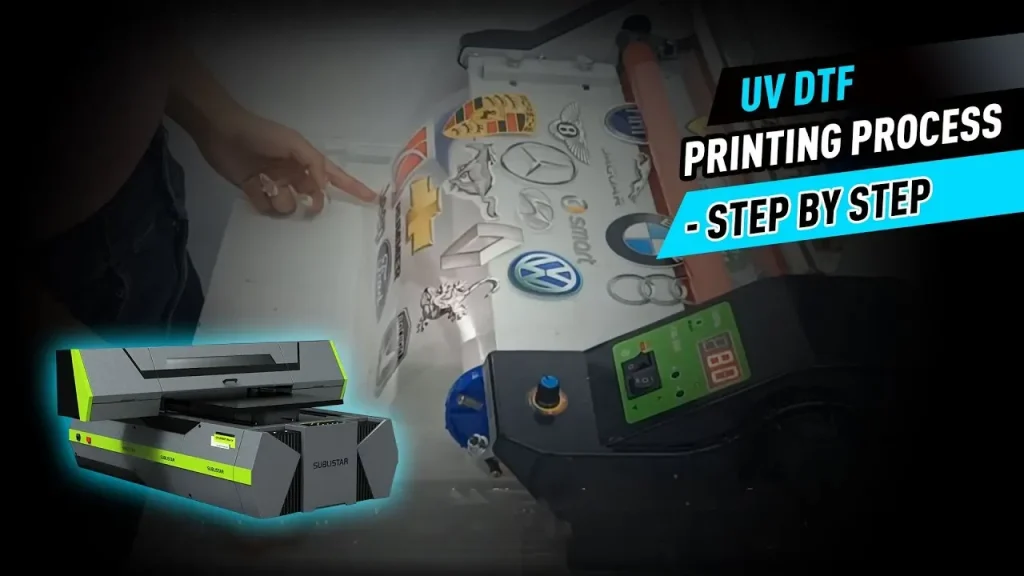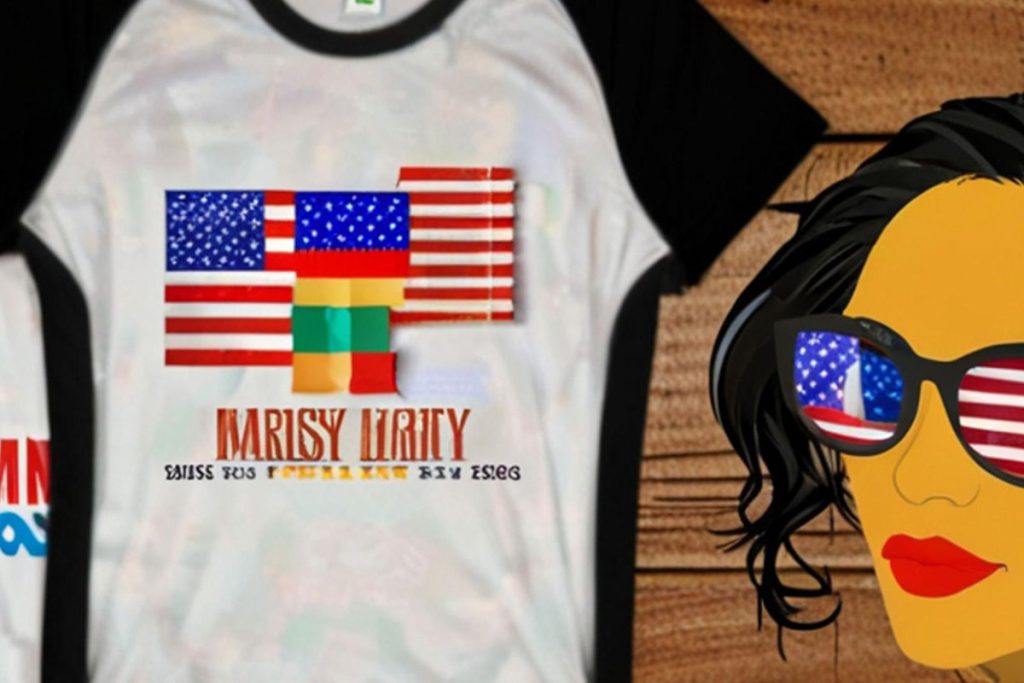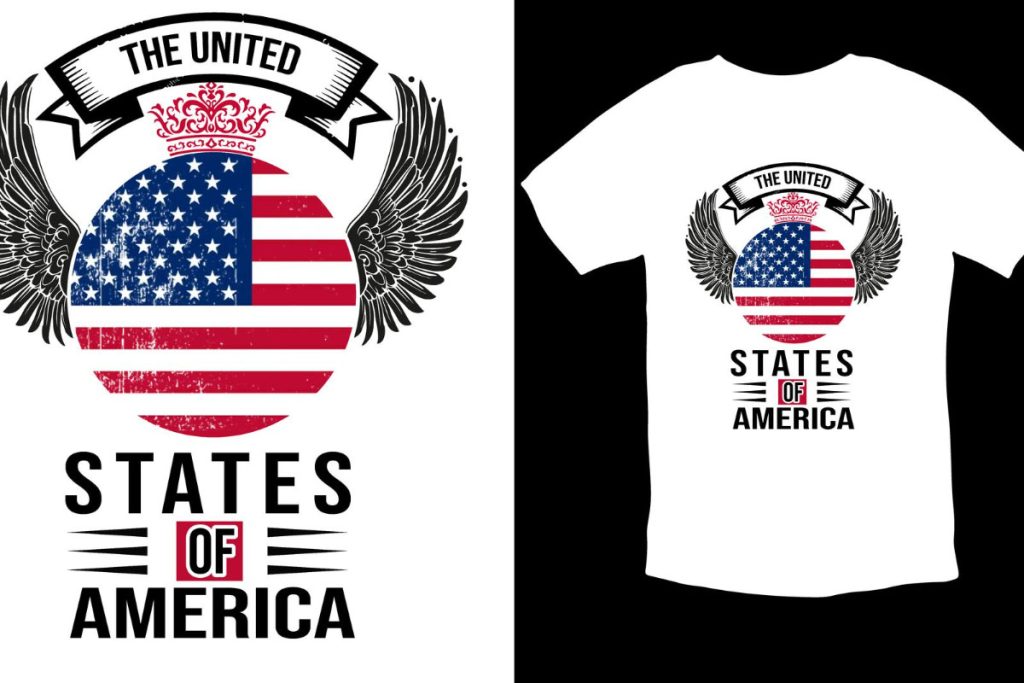UV DTF printing techniques are at the forefront of modern printing technology, offering unparalleled versatility and quality for creatives and businesses alike. This innovative method combines the benefits of UV printing with the efficiency of direct-to-film printing, allowing vibrant designs to be printed on a variety of surfaces. By utilizing UV-curable inks, this technique ensures durability and a stunning finish that traditional methods struggle to achieve. In this guide, we explore the intricacies of mastering UV DTF printing, including essential equipment, step-by-step processes, and tips for success. Join us as we delve into the world of UV printing technology and unlock its potential for your projects.
Delving into cutting-edge printing methods, UV DTF printing, also known as ultraviolet direct-to-film printing, is reshaping how designs are transferred onto various materials. This process utilizes advanced UV printing technology to produce high-quality images that are both vibrant and long-lasting. As the printing landscape evolves, more professionals are turning to this game-changing technique, seeking mastery in DTF printing through detailed guides that address both the art and the science behind it. With a focus on efficiency and creative expression, mastering DTF printing enables individuals and businesses to thrive in an increasingly competitive market.
The Evolution of UV DTF Printing in Modern Applications
In recent years, UV Direct-to-Film (DTF) printing has transformed the landscape of contemporary printing applications, offering a superior alternative to more conventional methods. This innovative technique employs ultraviolet light to cure inks almost instantly, leading to faster production times without compromising on quality. Businesses that incorporate UV DTF printing benefit from the ability to tackle diverse projects, ranging from custom apparel to intricate promotional materials. The versatility of this technology has led to a growing demand across various sectors, showing that mastering UV DTF printing can significantly enhance operational capabilities.
Moreover, as the popularity of UV DTF printing continues to rise, manufacturers are developing advanced printing technologies to support this trend. Innovations such as improved ink formulations have led to greater adhesion on different substrates and enhanced durability of the prints. As a result, more businesses are adopting this method, further driving advancements in equipment and techniques. Understanding these developments is crucial for anyone looking to stay competitive in the printing industry, emphasizing the importance of periodically updating one’s knowledge on UV DTF printing and its applications.
Key Benefits of Using UV DTF Printing Techniques
The benefits of utilizing UV DTF printing techniques are numerous and can provide a significant advantage for both small and large businesses. One of the primary benefits is the vibrant color reproduction that this technology offers. UV inks allow for rich color saturation, which is a valued trait in print applications ranging from textiles to promotional items. Additionally, UV DTF printing enables instant curing, minimizing the risk of smudged prints and allowing for a quicker turnaround time, which is often a crucial factor in today’s fast-paced market.
Another notable advantage is the ability to print on a wide variety of surfaces, including hard substrates such as wood, metal, and glass. This flexibility allows businesses to diversify their product offerings and meet unique customer demands. Additionally, UV DTF prints exhibit superior durability compared to traditional prints, ensuring that finished products can withstand various environmental conditions without fading or peeling. Consequently, this technique can be a game-changer in creating long-lasting items and significantly enhances customer satisfaction.
Essential Equipment for Mastering UV DTF Printing
To effectively master UV DTF printing techniques, the right equipment is essential. High-quality printers, such as those developed by industry-leading brands like Mimaki and Roland, deliver unparalleled performance, including precise color management and compatibility with various films and inks. Along with a solid printer, a reliable curing unit is imperative for ensuring that the prints adequately cure and adhere during the transfer process. UV lamps or LED curing units are commonly incorporated into workshops to enhance the efficacy of this printing method.
Furthermore, investing in specialty transfer films is crucial; these films are specifically designed for UV printing and help facilitate excellent adhesion and crystal-clear transfers. Coupled with this, software solutions like Adobe Illustrator and CorelDraw play an indispensable role by allowing users to prepare designs accurately, ensuring that final outputs are true to vision. Having the right combination of equipment not only streamlines the UV DTF printing process but also serves as a foundation for achieving superior quality for any project.
A Guide to the Step-by-Step UV DTF Printing Process
Understanding the step-by-step process of UV DTF printing is paramount for achieving consistency and quality in your outputs. The initial stage is designing the artwork using graphic design software, where precision in managing color profiles directly affects the print quality. Following this, the UV DTF printer is employed to print onto the designated film, necessitating specific adjustments for optimal resolution that aligns with the intricacies of the design.
The curing phase is equally critical, as utilizing the UV curing unit ensures that inks adhere correctly to the film, preventing unwanted issues such as smudging or fading. Lastly, the transfer step involves aligning the printed film on the selected substrate and applying heat. Depending on the material, this process can vary, but mastering it allows for a stunning finish that highlights the vibrancy of the inks. By understanding and refining each segment of the UV DTF printing process, practitioners can consistently produce high-quality outputs.
Expert Tips for Mastering UV DTF Printing Techniques
To excel in UV DTF printing, one must embrace ongoing learning and experimentation. Professionals should take the time to experiment with various inks and films; understanding how different combinations affect the final product is essential for mastering this art. Regular maintenance of printers is also vital, as it prevents clogs and maintains consistent print quality. Keeping the equipment clean not only ensures better performance but also extends the longevity of the printer, which is crucial for any printing operation.
Moreover, staying informed about cutting-edge technology trends within UV DTF printing can provide a competitive edge. New advancements frequently emerge, offering improved inks and refined techniques that enhance overall print quality. Engaging in community forums, attending trade shows, and subscribing to industry publications can keep printers at the forefront of any changes and improvements in the industry, ensuring they remain agile and competitive.
Recent Innovations in UV DTF Printing Technology
The field of UV DTF printing technology is constantly evolving, with notable advancements that enhance both efficiency and product quality. Recent innovations have significantly improved curing times, allowing for quicker project turnaround, which is an important factor for many businesses. These enhancements help meet the demands of a fast-paced market and ensure that companies using UV DTF printing can maintain their competitive edge.
Furthermore, the ongoing focus on sustainability has prompted manufacturers to develop eco-friendly UV inks and practices that minimize environmental impact. These advancements not only cater to growing consumer preferences for sustainable products but also contribute positively to the printing industry as a whole. Keeping track of these technological developments will not only broaden your understanding of UV DTF printing but can also present new opportunities for implementing more sustainable practices within your operations.
Frequently Asked Questions
What is UV DTF printing and how does it work?
UV DTF printing, or UV Direct-to-Film printing, is an advanced technique that involves printing designs onto a special film using UV-curable inks. This process allows for immediate curing, which increases production speed and enables high-quality prints on various substrates, including textiles and hard materials. The process consists of designing, printing, curing, and transferring the image to the target surface.
What equipment is essential for mastering UV DTF printing techniques?
To master UV DTF printing techniques, essential equipment includes a high-quality UV DTF printer, a reliable curing unit (such as UV lamps or LED curing systems), specialty transfer films designed for UV printing, and digital software like Adobe Illustrator or CorelDraw for design and color management.
What are the key benefits of using UV DTF printing technology?
The key benefits of UV DTF printing technology include vibrant colors, durability of prints, versatility across different materials, and rapid curing times which enhance efficiency. This makes it ideal for producing high-quality graphics for textiles, hard substrates, and promotional items.
How do you troubleshoot common issues in UV DTF printing?
Common issues in UV DTF printing can often be resolved through regular printer maintenance, such as cleaning and checking for clogs, adjusting printer settings for optimal resolution, and ensuring compatibility of inks and films. Additionally, monitoring curing times and temperatures can help prevent adhesion problems.
What advancements are currently being made in UV DTF printing techniques?
Recent advancements in UV DTF printing techniques include faster curing times, improved flexibility in ink formulations, enhanced adhesion properties, and a focus on eco-friendly inks. These innovations aim to boost print quality and environmental sustainability, giving users a competitive edge in the market.
What tips can help someone improve their UV DTF printing skills?
To improve UV DTF printing skills, experiment with different ink and film combinations, maintain consistent printer upkeep, and stay updated on industry trends and technologies. Continuous learning and practice are key to mastering the art of UV DTF printing.
| Key Point | Details |
|---|---|
| Understanding UV DTF Printing | A method where designs are printed onto a film and transferred onto various surfaces using UV-curable inks. |
| Essential Equipment | Includes a high-quality printer, curing unit, specialized transfer films, and digital software for design. |
| Step-by-Step Process | Involves designing, printing, curing, and transferring prints to desired substrates. |
| Tips for Mastery | Experiment with inks and films, maintain your printer regularly, and stay updated with industry trends. |
| Recent Developments | Advancements include faster curing times, eco-friendly inks, and improved adhesion for different substrates. |
Summary
UV DTF printing techniques are at the forefront of modern printing methods, allowing creators to produce vibrant, high-quality prints on various surfaces. This innovative method not only enhances productivity with its immediate curing capabilities, but it also accommodates a wide range of materials, including textiles and hard substrates. Mastering UV DTF printing involves understanding the intricate steps of the process, from design to application, and utilizing essential equipment such as high-grade printers and curing units. With continuous advancements in technology and materials, staying informed and experimenting will ultimately lead to superior prints and creative explorations in the UV DTF space.



